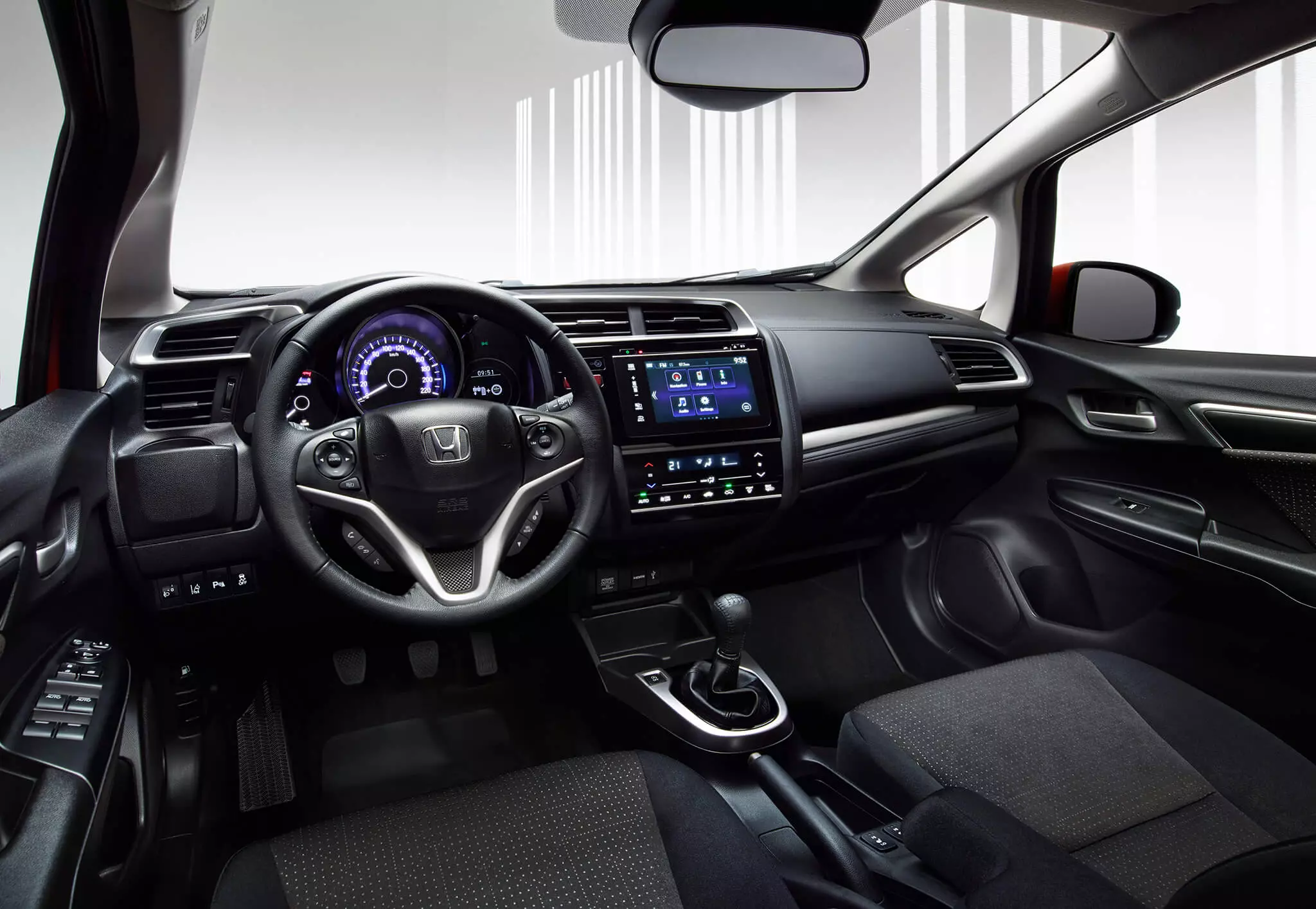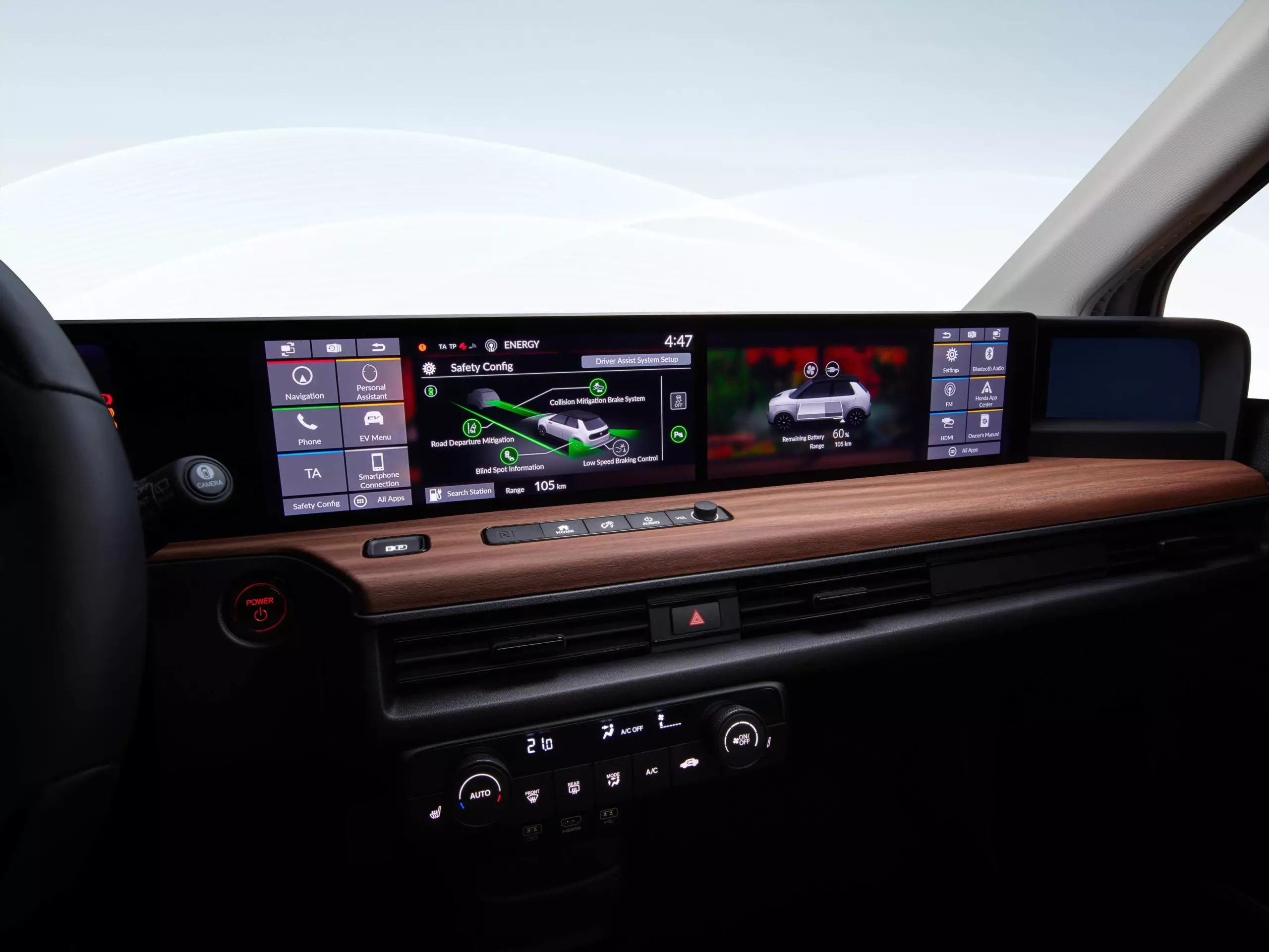In counter-current, we can see that inside the new Honda Jazz there is an increase in physical buttons compared to its predecessor, whose interior made use of tactile controls for most functions, even the most common ones like adjusting the climate control system.
It is a curious development on the part of Honda at this stage of rampant digitization of car interiors. We had already checked it out when we recently updated the Civic, with physical buttons taking the place of the tactile controls placed on the left side of the infotainment screen.
Compare the image below with the image that opens this article, with the first belonging to the new Honda Jazz (scheduled to arrive in the summer) and the second to the generation on sale.

As we can see, the new Honda Jazz dispensed with the tactile controls to operate the air conditioning, as well as those who watched the infotainment system, and replaced them with “old” physical buttons — even the volume adjustment button became be a much more intuitive and… tactile rotary knob.
Why the change?
The statements by Takeki Tanaka, project leader for the new Jazz, to Autocar are revealing:
The reason is quite simple — we wanted to minimize driver disruption when operating, in particular the air conditioning. We changed (the operation) from tactile controls to (rotating) buttons because we received feedback from our customers that it was difficult to operate intuitively.
They had to look at a screen to change the system program, so we've changed it so they can operate it without looking, ensuring greater confidence while you're driving.
It is also a recurring criticism in the tests we carry out here at Razão Automóvel. Replacing physical controls (buttons) with tactile controls (screen or surfaces) for the most common functions — or their integration into the infotainment system — hurts more than helps, sacrificing usability, ergonomics and safety.
Subscribe to our newsletter
Yes, most of the time, we agree that they have an aesthetic benefit — a “cleaner” looking interior (just down to the first fingerprint) and sophisticated — but they are not as intuitive to use and increase the potential for distraction while driving. Because, not without some irony, tactile commands “rob us” of the sense of touch, so we are practically only and only dependent on the sense of sight to carry out various operations.

However, in the future, this could be an innocuous discussion, as many people predict that voice control will be dominant — although, for now, this is more often frustrating than facilitating.
